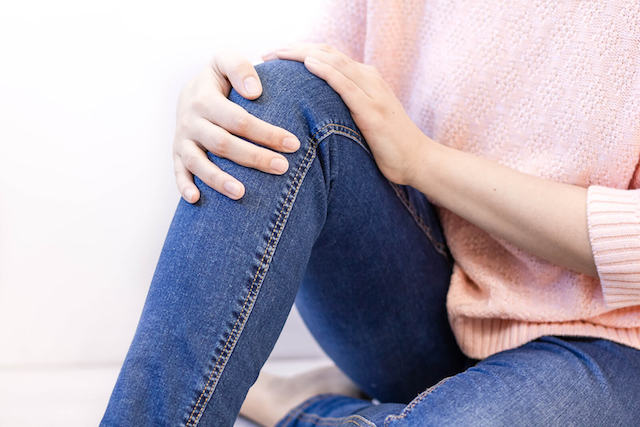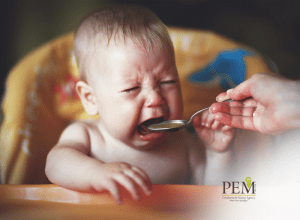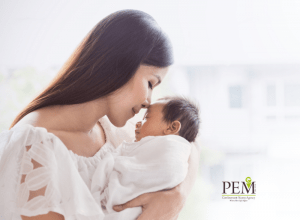[email protected] ♦ (+65) 6293 9249 ♦ Mon - Sun : 10:00AM - 7:00PM
Tips To Help You Cope With Joint Pain after Delivery

Every expectant mother has so many expectations after delivery, about her new life and that of the baby. Post-delivery joint pains are the least of their expectations, especially for first-time mothers. It is therefore imperative to be aware of what one should expect after delivery. Most mothers in their early stages have reported going through this hoping that the pain will ease with time, but to their surprise, it only gets worse.
The body releases hormones during pregnancy, which causes the bones to be tender. Also, the entire process of delivery exerts a lot of pressure on a woman’s muscles and joints. These and other factors contribute to post-delivery joint pains. Hence, most mothers, especially in their early stages, complain of pain even when doing the simplest of activities. This pain may go on for up to nine months depending on every mother. The tips below will help you ease and get rid of joint pain after delivery.
Back pains
Most mothers in their early stages have not yet established a consistent sleep pattern for their newborns. Therefore, they spend the better part of the night trying to rock their babies to sleep. Also, carrying the baby around does not make the situation any better. There are remedies that you can use to solve this problem.
Firstly, comfort is paramount. Avoid sitting in the same position for too long. Pillows should be your best friend if you are suffering from back pains. When breastfeeding, place some pillows behind your back and shoulders to help you support your child’s weight.
Try the same trick in bed and see how it works for you. You could also take up massage sessions during your free time. Singapore has reputable places that can offer massages. Check out a confinement center in Singapore and request for massage services. The center will take you through different types of therapies that are suitable for you. You can even get help from a confinement nanny to help give you massages in your own home. This will help your muscles relax and get you back in good shape. Another common remedy is the use of topical ointments. Have your doctor prescribe the one that suits you best.
Sacroiliac joint pain
This pain is experienced around the pelvic region. This is because, during pregnancy, women carry additional weight. As your body prepares for delivery, some hormones are released, and they relax your ligaments. The most severe effect of this kind of pain is on walking. The cure is in prevention. You can do this by having an action plan during pregnancy. Take part in pregnancy yoga; walk around for short distances especially in your first and second trimester and some other pregnancy-safe exercises. Try the same pillow trick at home and in your car especially when traveling for long distances. Keep ice packs very close too as they are known to work wonders for women suffering from this kind of pain.
Knee and ankle pain
Mothers usually complain of wobbly knees and sore ankles. This mainly depends on the position a woman was in during delivery. These pains are the easiest to treat, especially at home. Try massaging your knees and ankles using a cloth soaked with saline water frequently. Occasional foot rubs and dipping your feet in warm saline water will do you a lot of good. Another remedy that has worked for many mothers is adopting a gluten-free diet and taking up higher quality grains such as quinoa as well as a higher intake of fruits and vegetables. During your pregnancy and after delivery, increase your vitamin D and calcium supplements. Most mothers who have done this have given very positive results.
Postpartum joint pain discomfort can be a nightmare and even discourage some mothers from trying again. However, if you understand your pain and its cause, then it will be easy for you to alleviate it. In general, before trying all other things, you should visit your doctor so that he can provide a professional diagnosis of your pain.
Visit a confinement center in Singapore for a comprehensive postpartum package that will help you handle the discomforts. Do not ignore adequate sleep and rest. It is recommended for all mothers to take six weeks of rest after delivery. Come up with a routine that will work for both you and your child. This way you will not push yourself so hard even when you go back to work. A proper diet and drinking a lot of water will surely save you a great deal. Finally and most importantly, be patient. This pain does not go away overnight. As stated, it may last for nine months. Take it easy and enjoy your new bundle of joy.
You May Also Read this : How to Plan Your Confinement with Herbal Packages







